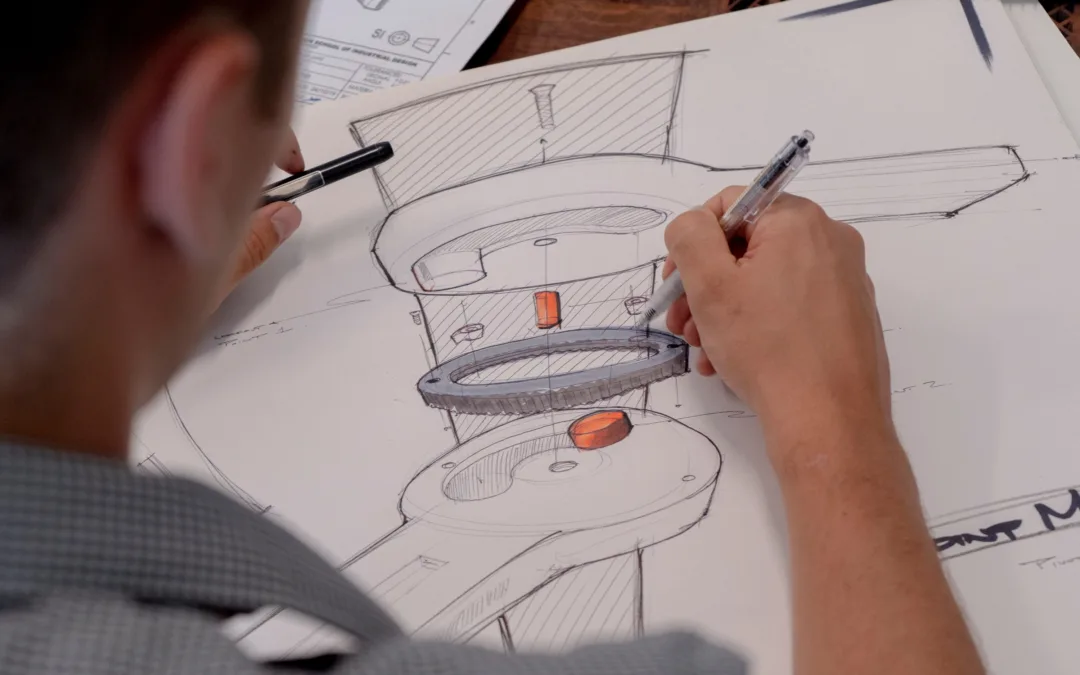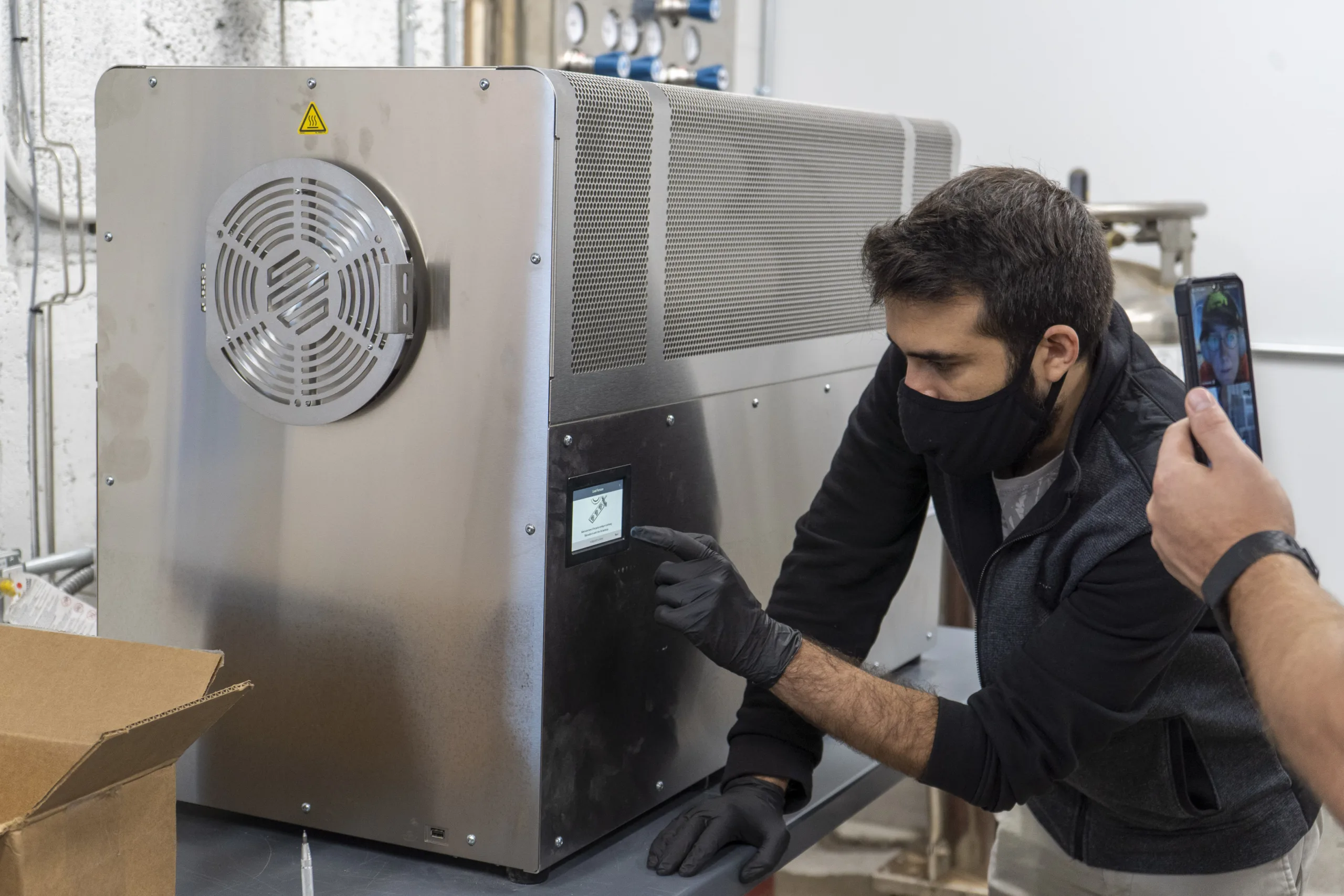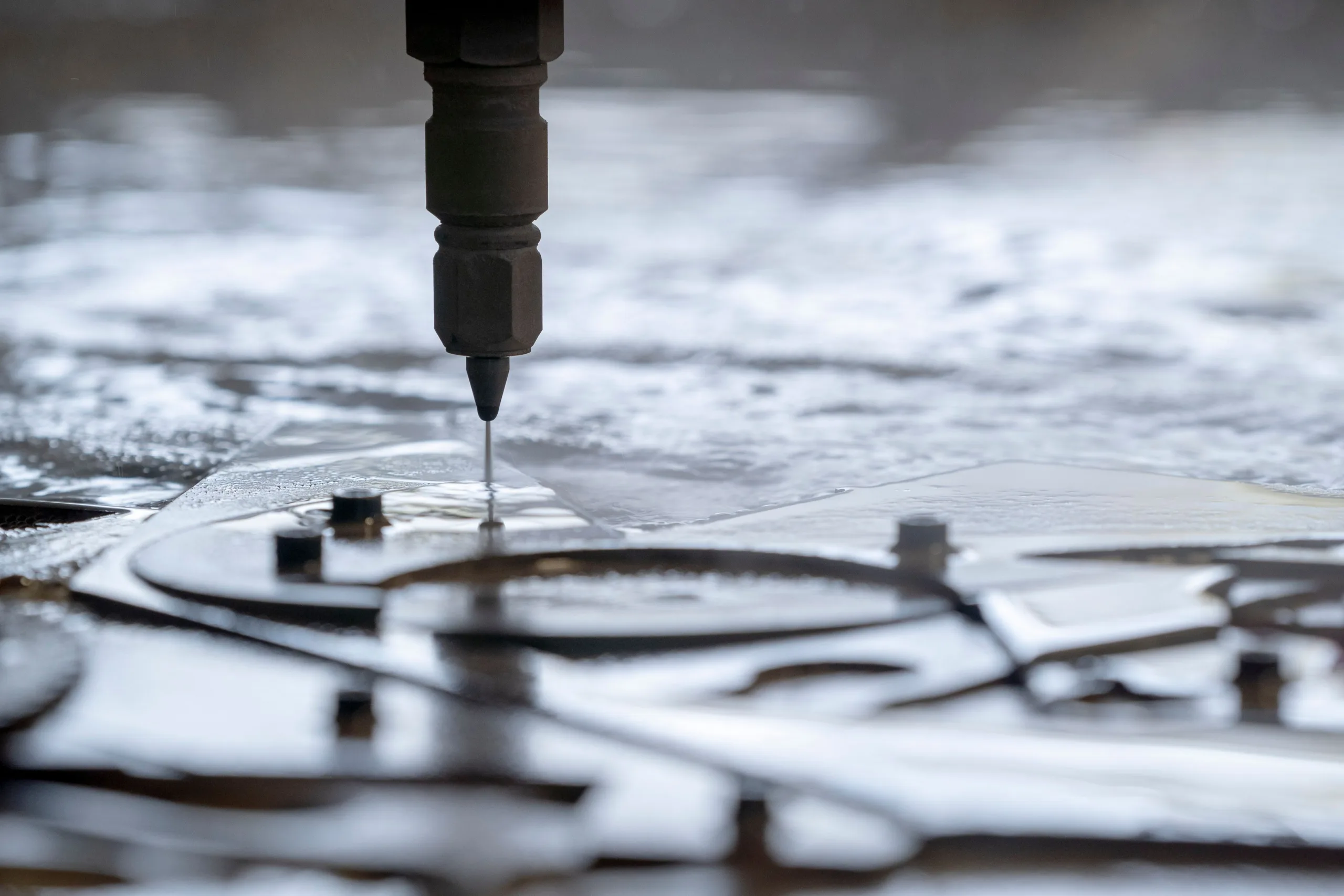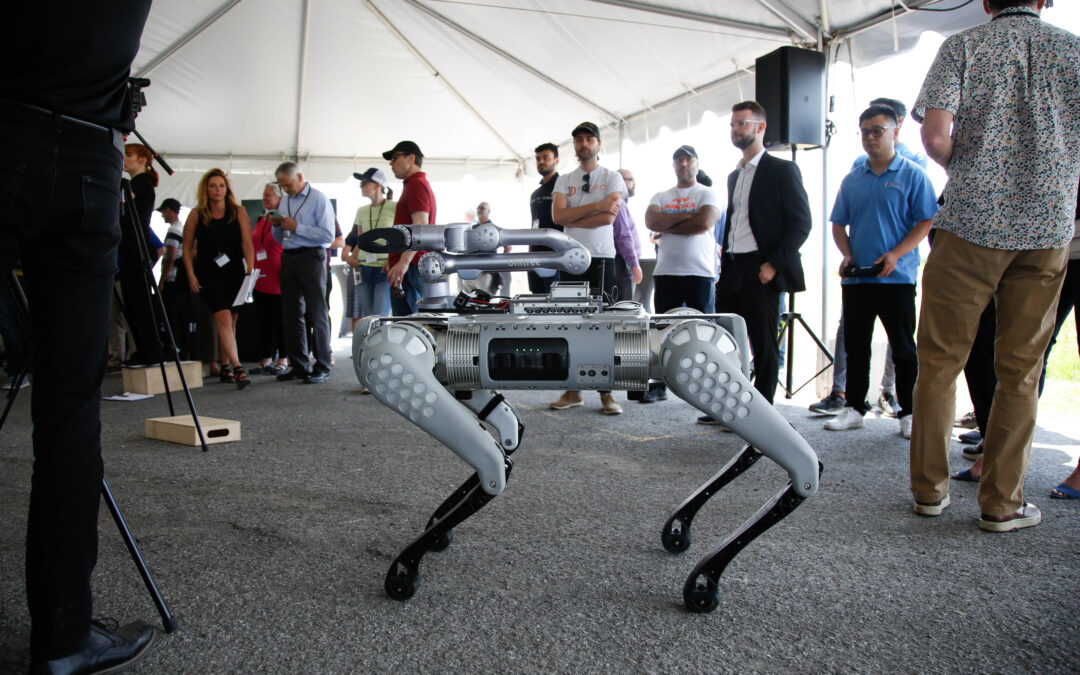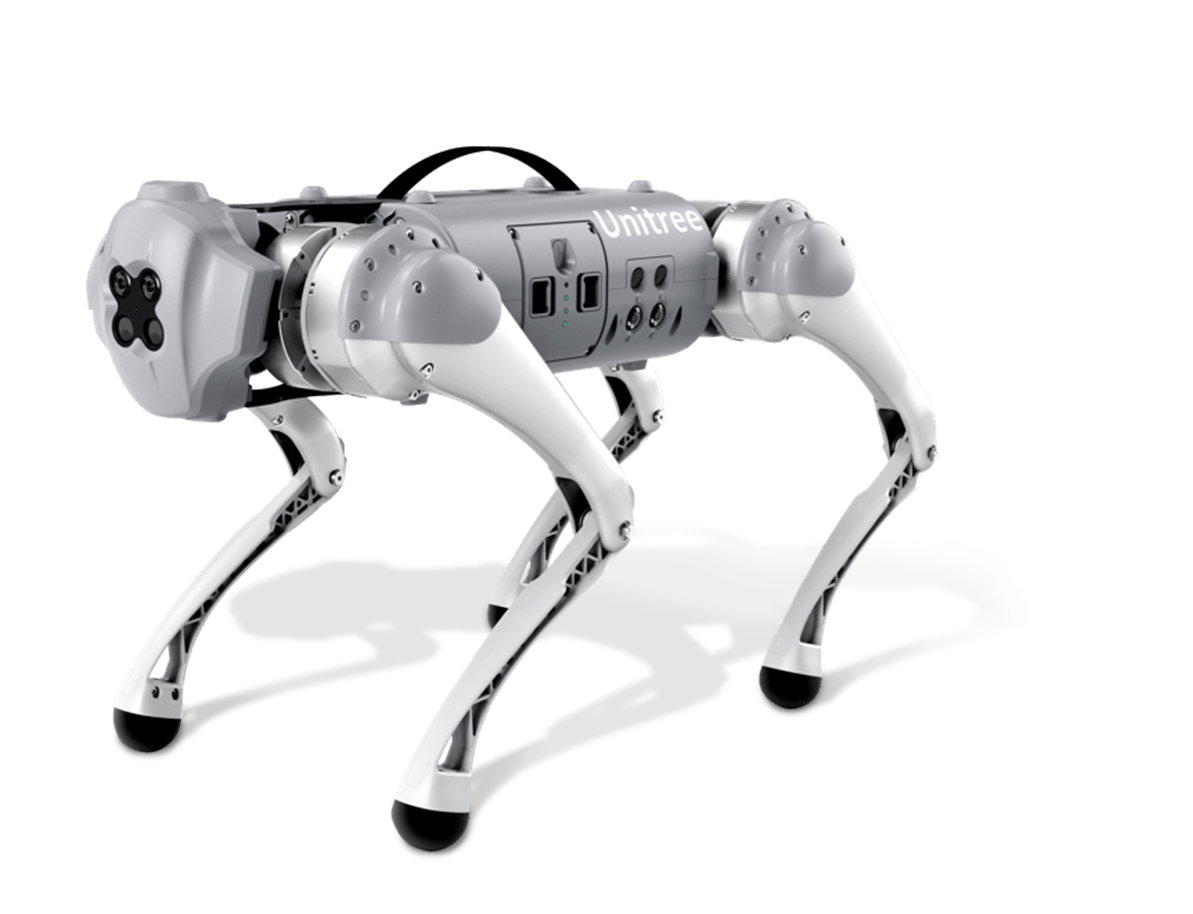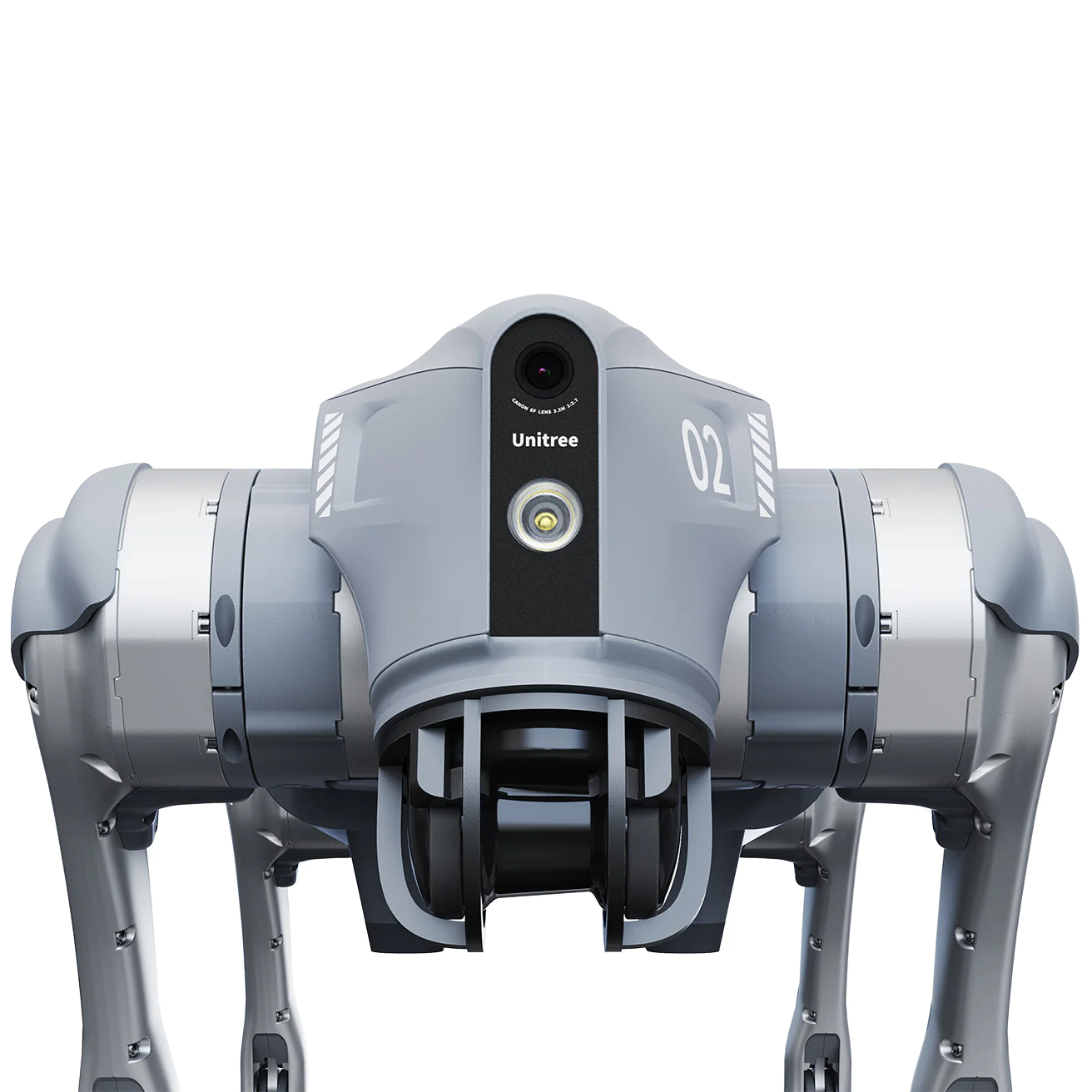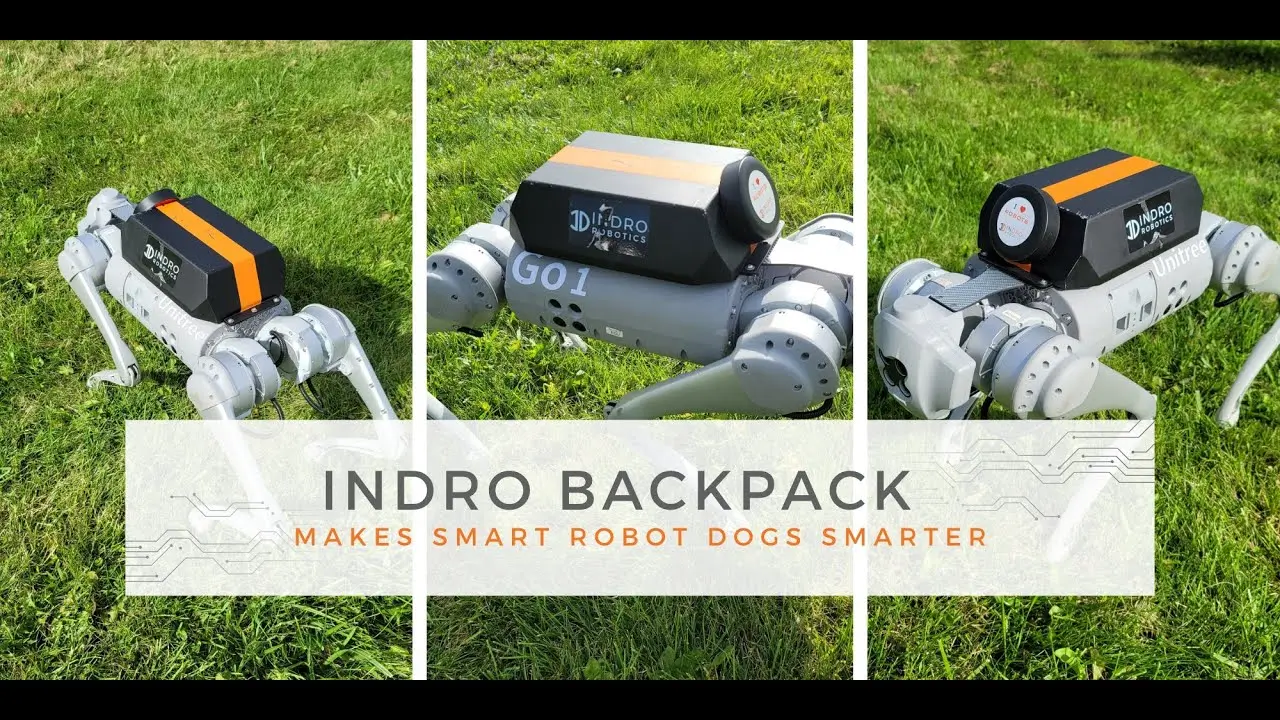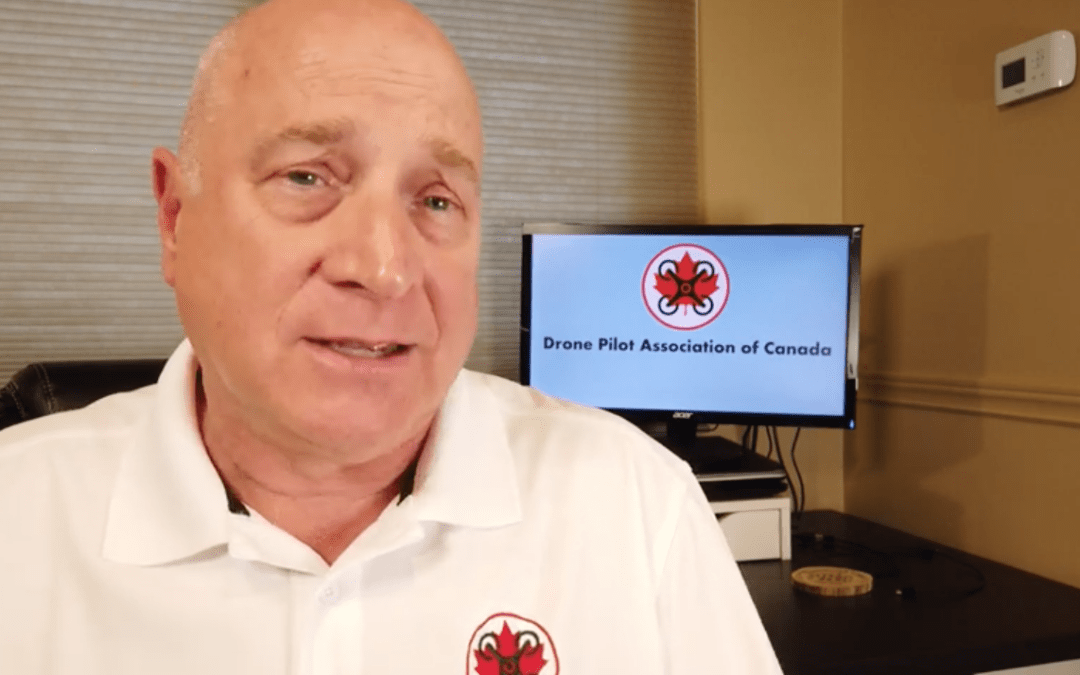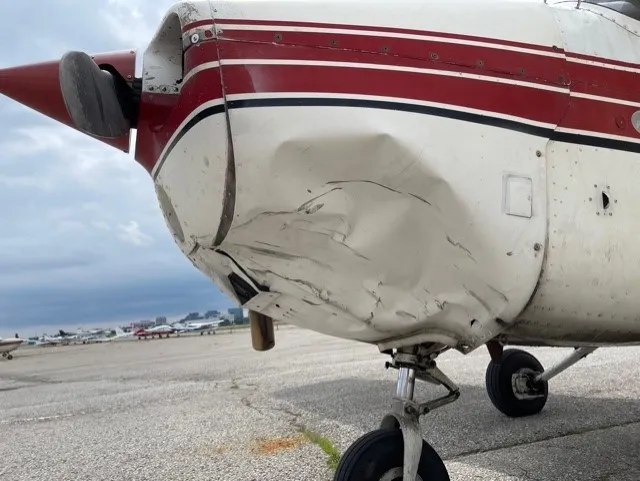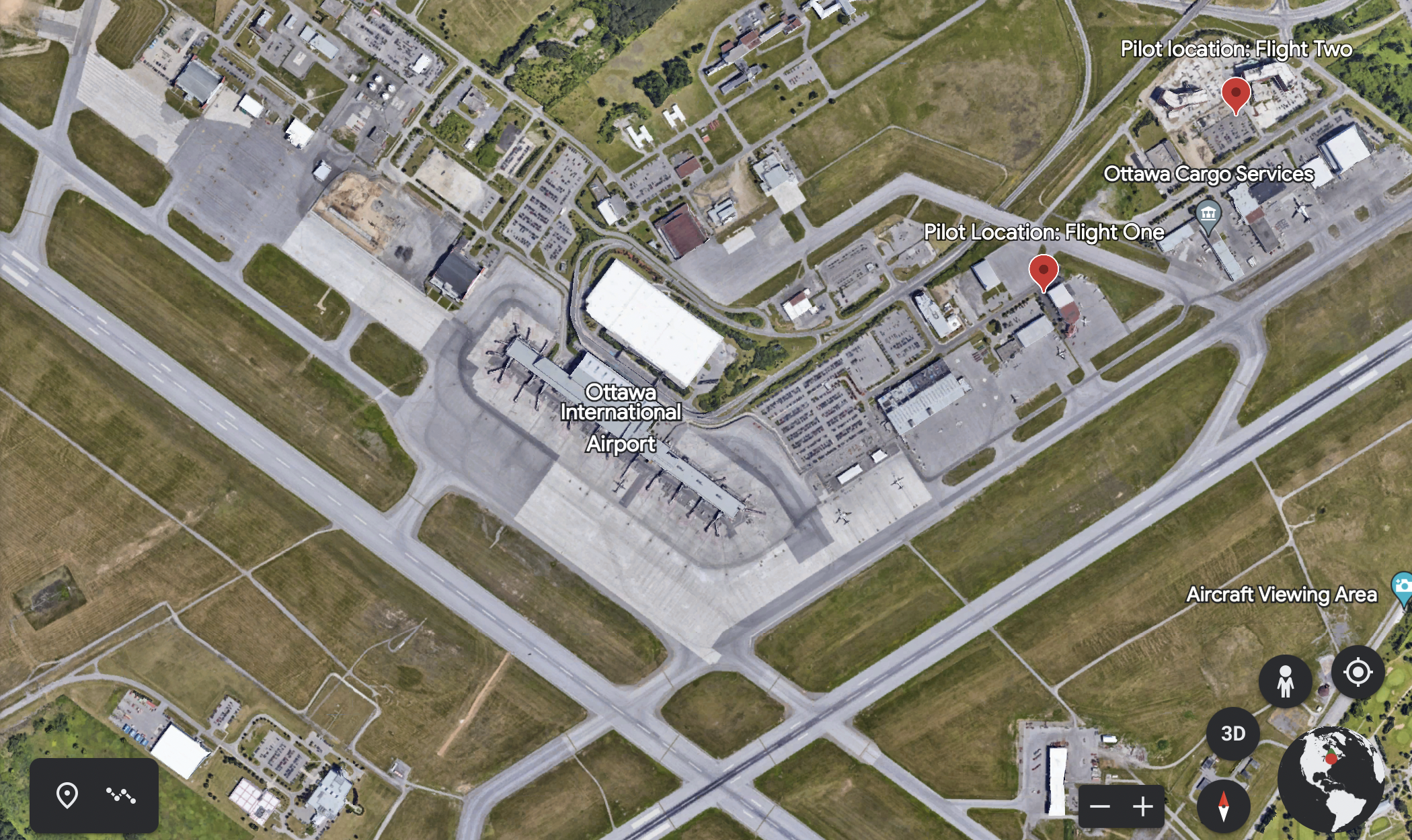
InDro Commander module streamlines robotics R&D
By Scott Simmie
Building robots is hard.
Even if you start with a manufactured platform for locomotion (very common in the case of ground robots), the work ahead can be challenging and time-consuming. How many sensors will require a power supply and data routing? What EDGE processing is needed? How will a remote operator interface with the machine? What coding will allow everything to work in unison and ensure the best data and performance possible? How will data be transmitted or stored?
That’s the hard stuff, which inevitably requires a fair bit of time and effort.
It’s that hurdle – one faced by pretty much everyone in the robotics R&D world – that led to the creation of InDro Commander.
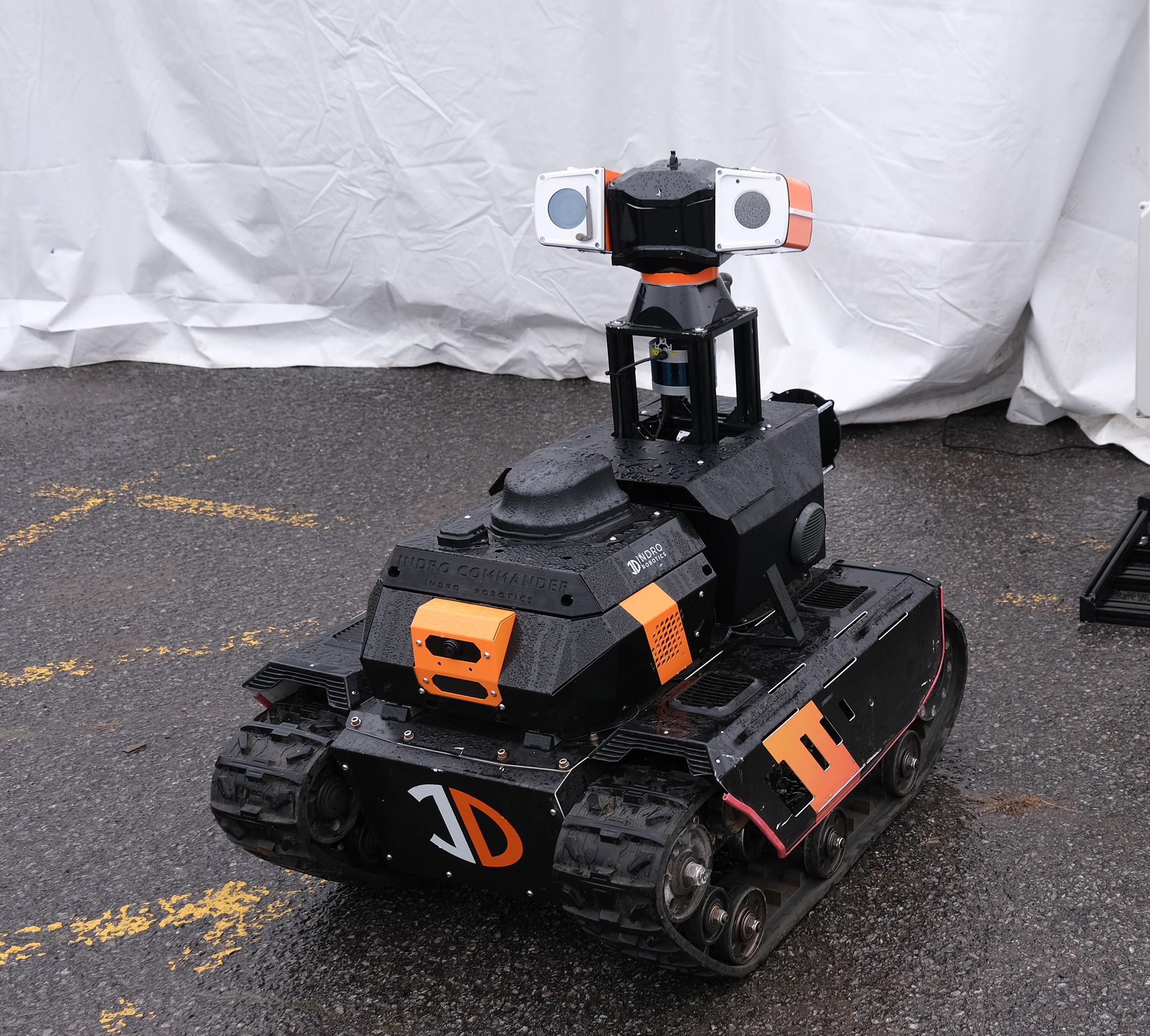
WHAT INDRO COMMANDER DOES
InDro Commander is a platform-agnostic module that can bolt on to pretty much any means of locomotion. In the photo above, it’s the box mounted on top of the AgileX bunker (just above the InDro logo).
Commander is, as this webpage explains, “a single box with critical software and hardware designed to simplify payload integration and enable turn-key teleoperations.” Whether you’re adding LiDAR, thermal sensors, RTK, Pan-Tilt-Zoom cameras – or pretty much any other kind of sensor – Commander takes the pain out of integration.
The module offers multiple USB inputs for sensors, allowing developers to decide on a mounting location and then simply plug them in. A powerful Jetson EDGE computer handles onboard compute functions. The complete Robot Operating System software libraries (ROS1 and ROS2) are bundled in, allowing developers to quickly access the code needed for various sensors and functions.
“Our engineering team came up with the concept of the InDro Commander after integrating and customizing our own robots,” says Philip Reece, CEO of InDro Robotics. “We realized there were hurdles common to all of them – so we designed and produced a solution. Commander vastly simplifies turning a platform into a fully functioning robot.”
Account Executive Luke Corbeth takes it further:
“The Commander serves as a “brain-box” for any UGV,” he says. “It safely houses the compute, connectivity, cameras, sensors and other hardware in an IP54 enclosure.”
It also comes in several options, depending on the client’s requirements.
“There are three ‘standard versions’ which are bundles to either be Compute Ready, Teleoperations Ready or Autonomy Ready,” adds Corbeth.
“I’ve realized over time that the value of Commander is our ability to customize it to include, or more importantly, not include specific components depending on the needs of the project and what the client already has available. In reality, most Commanders I sell include some, but not usually all, of what’s in the Commander Navigate. We’re also able to customize to specific needs or payloads.”
Below: Commander comes in multiple configurations
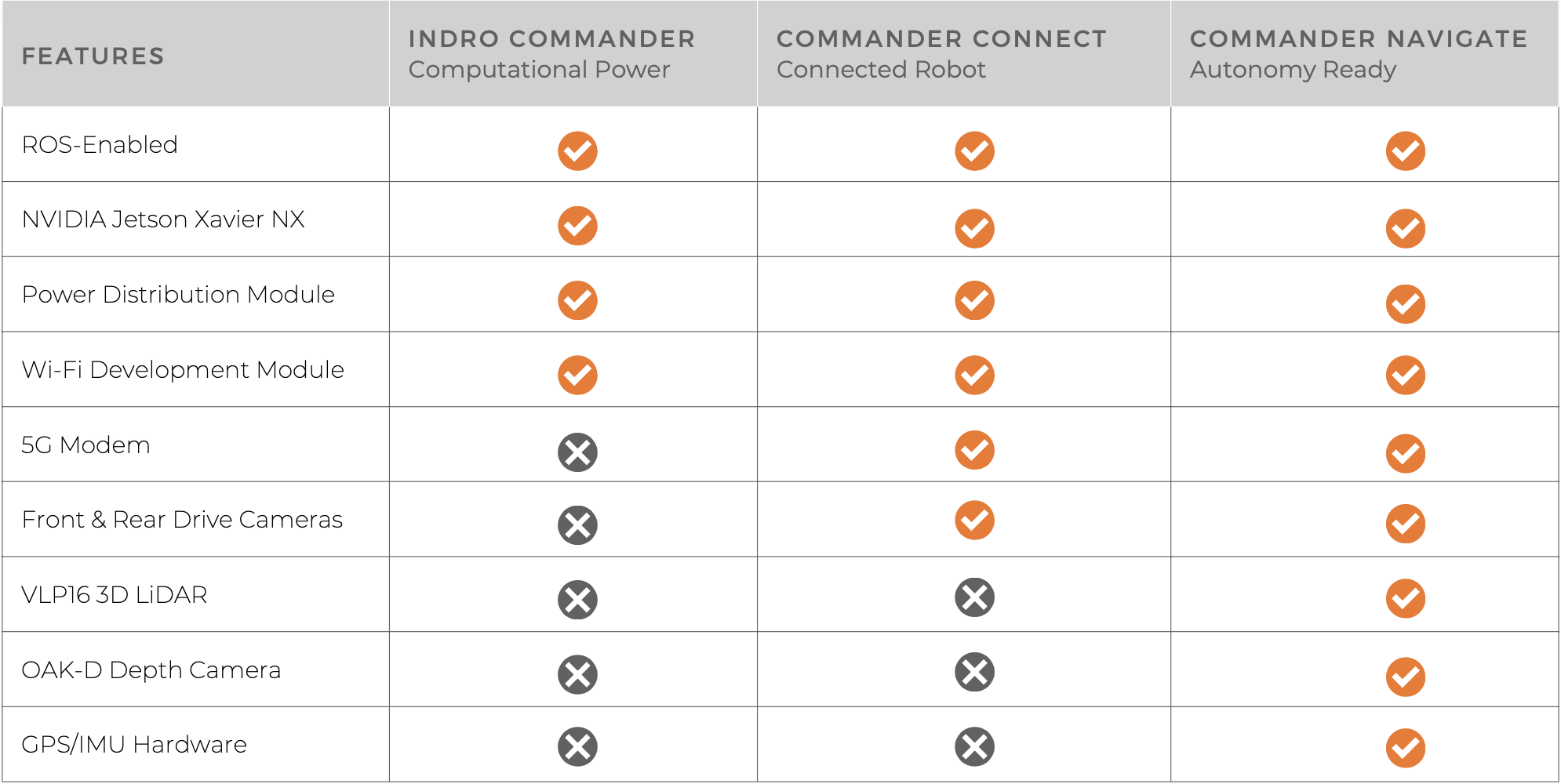
COMMANDER DOES THE WORK
With InDro Commander, developers can spend more time on their actual project or research – and far less time on the build.
“For end-users wanting a fully customized robot, Commander saves a huge amount of time and hassle,” says InDro Engineering Lead Arron Griffiths. “Customers using this module see immediate benefits for sensor integration, and the web-based console for remote operations provides streaming, real-time data. Commander also supports wireless charging, which is a huge bonus for remote operations.”
Commander serves as the brains for several InDro ground robots, including Sentinel. This machine was recently put through its paces over 5G in a test for EPRI, the Electric Power Research Institute.
5G OPERATIONS
Depending on the model, Commander can also serve as a Plug & Play device for operations over 4G or 5G networks. In fact, InDro was invited by US carrier T-Mobile to a 2022 event in Washington State. There, we demonstrated the live, remote tele-operation of a Sentinel inspection robot.
Using a simple Xbox controller plugged into a laptop at T-Mobile HQ in Bellevue WA, we operated a Sentinel in Ottawa – more than 4,000 kilometres away. There was no perceptible lag, and even untrained operators were able to easily control remote operations and cycle between the Pan Tilt Zoom camera, a thermal sensor, and a wide-angle camera used for situational awareness by the operator. Data from all sensors was displayed on the dashboard, with the ability for the operator to easily cycle between them.
Below: T-Mobile’s John Saw, Executive Vice President, Advanced & Emerging Technologies, talks about InDro Commander-enabled robots teleoperating over 5G networks
FUTURE-PROOF
Platforms change. Needs evolve. New sensors hit the market.
With Commander on board, developers don’t need to start from scratch. The modular design enables end-users to seamlessly upgrade platforms down the road by simply unbolting Commander and affixing it to the new set of wheels (or treads).
Below: Any sensor, including LiDAR, can be quickly integrated with InDro Commander
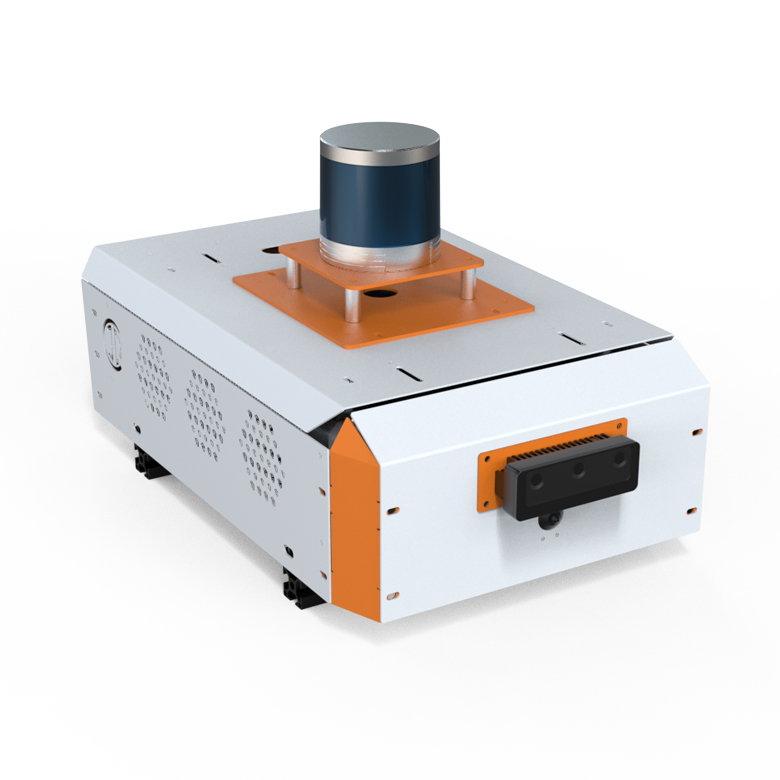
INDRO’S TAKE
You likely know the saying: “Necessity if the mother of invention.”
InDro developed this product because we could see its utility – both for our own R&D, and for clients. We’ve put Commander to use on multiple custom InDro robots, with many more to come. (We have even created a version of this for Enterprise drones.)
“On the commercial side, our clients have really benefited from the inherent modularity that the Commander provides,” says Luke Corbeth.
“Since the ‘brains’ are separate from the ‘body,’ this simplifies their ability to make the inevitable repairs or upgrades they’ll require. These clients generally care about having a high functioning robot reliably completing a repetitive task, and Commander allows us to operate and program our robots to do this.”
It can also save developers money.
“On the R&D side, the customizable nature of the Commander means they only purchase what they don’t already have,” adds Corbeth.
“For instance, many clients are fortunate enough to have some hardware already available to them whether it’s a special camera, LiDAR or a Jetson so we can support the integration of their existing systems remotely or they can send this hardware directly to us. This cuts down lead times and helps us work within our clients’ budgets as we build towards the dream robot for their project.”
Still have questions or want to learn more? You can get in touch with Luke Corbeth here.

